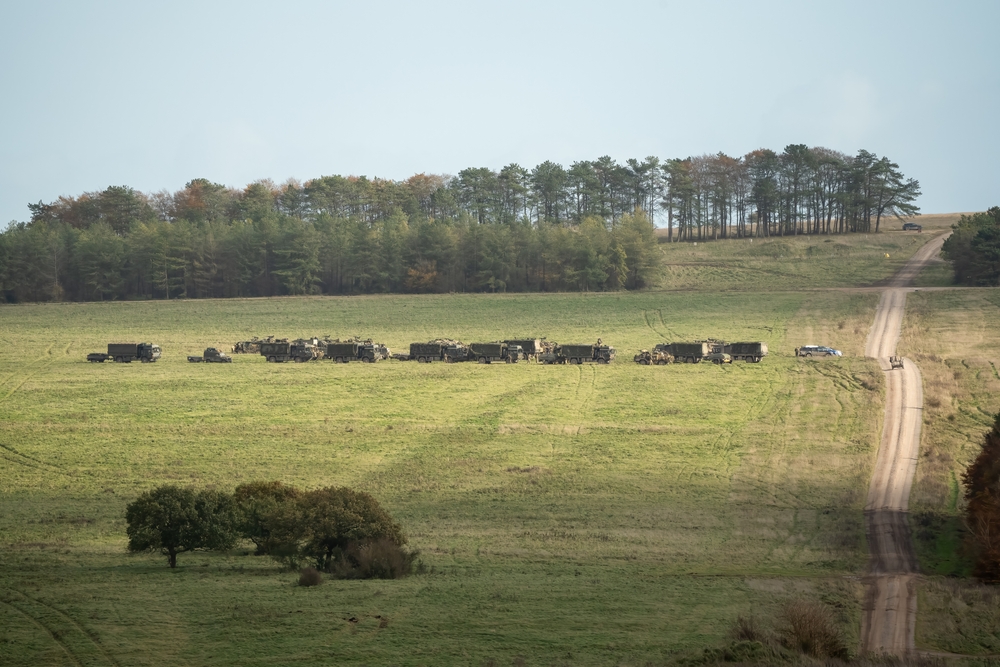The issues extend to ammunition as well.
Others are reading now
A Russian military blogger recently posted a detailed analysis on VKontakte, highlighting critical flaws in Russia’s storage and production of military equipment.
Storing Equipment Outdoors
He argues that the decades-long Soviet practice of storing equipment outdoors, often without even the simplest shelters, has left much of Russia’s reserve in poor condition.
As a result, vehicles and other equipment exposed to rain and snow now require extensive repairs, which strains the nation’s resources, according to WP.
For example, the blogger estimates that an average of three dilapidated BMP-1 or BMP-2 vehicles must be combined to produce one functional vehicle after major refurbishments.
Also read
To make matters worse, some of the best-preserved Soviet-era models were sold abroad, leaving Russia with older, low-quality stock.
According to the blogger, Russia’s vast military-industrial complex has struggled to meet production demands due to its heavy reliance on refurbishing Soviet-era equipment rather than creating new units.
Reduced Production Capacity
The issues extend to ammunition as well. Russia’s military factories received a significant artillery ammunition order only in 2022, marking a departure from the 1990s and 2000s when the number of operational factories drastically declined.
The country’s reduced production capacity, the blogger claims, has impacted its ability to sustain prolonged military operations.
The blogger also advocates for a more Western-style approach to storage, pointing to German and Belgian practices as ideal models.
For instance, Germany stores Leopard tanks in heated hangars, while a private Belgian facility uses climate-controlled shelters for tanks.
As a minimum, he suggests that Russia should store vehicles on concrete slabs rather than grass and, if possible, install hot air pipes to prevent moisture damage inside the vehicles. At the very least
, vehicles should be covered with weather-resistant tarps, similar to those used in the United States to protect damaged cars.


